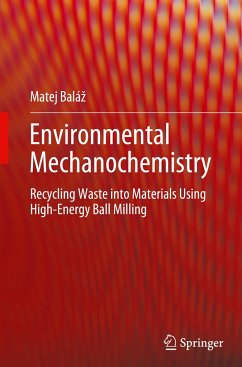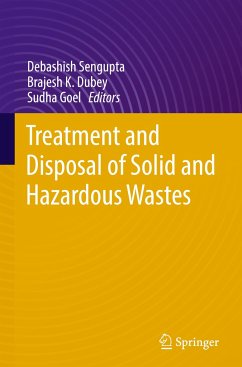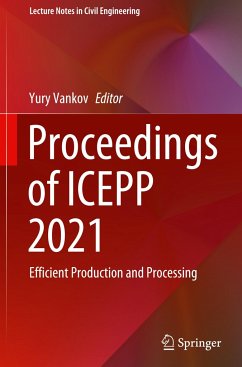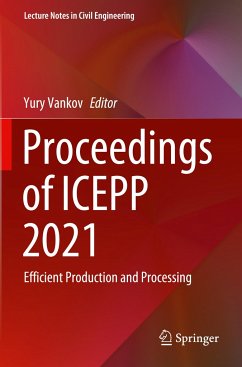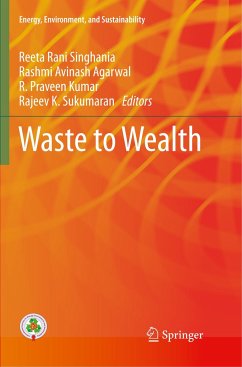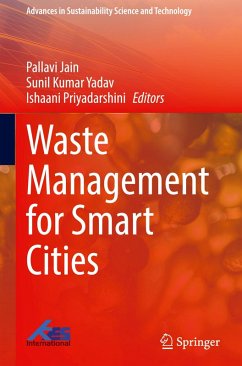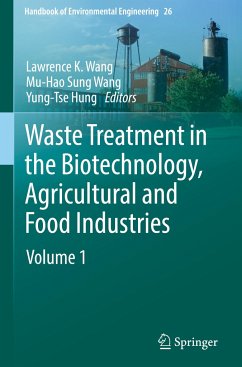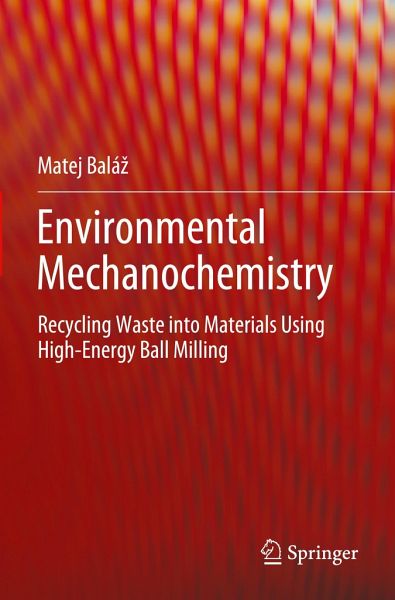
Environmental Mechanochemistry
Recycling Waste into Materials using High-Energy Ball Milling
Versandkostenfrei!
Versandfertig in 6-10 Tagen
76,99 €
inkl. MwSt.
Weitere Ausgaben:

PAYBACK Punkte
38 °P sammeln!
This book provides a comprehensive overview on mechanochemistry including its history, high-energy ball milling process, equipment used and fundamentals behind the observed scientific phenomena. It also shows that mechanochemistry is highly applicable in the field of waste treatment. The text reviews 1017 studies utilizing mostly high-energy ball milling for the treatment of various types of consumer, technogenic and agricultural waste. The text is divided into chapters based on individual waste types. The book presents an Appendix compiling all studies arranged according to the application th...
This book provides a comprehensive overview on mechanochemistry including its history, high-energy ball milling process, equipment used and fundamentals behind the observed scientific phenomena. It also shows that mechanochemistry is highly applicable in the field of waste treatment. The text reviews 1017 studies utilizing mostly high-energy ball milling for the treatment of various types of consumer, technogenic and agricultural waste. The text is divided into chapters based on individual waste types. The book presents an Appendix compiling all studies arranged according to the application that the recycled waste is meant for. In this way, readers from both academia and companies interested either in the treatment of a particular waste, or particular application might easily locate sections of interest.





